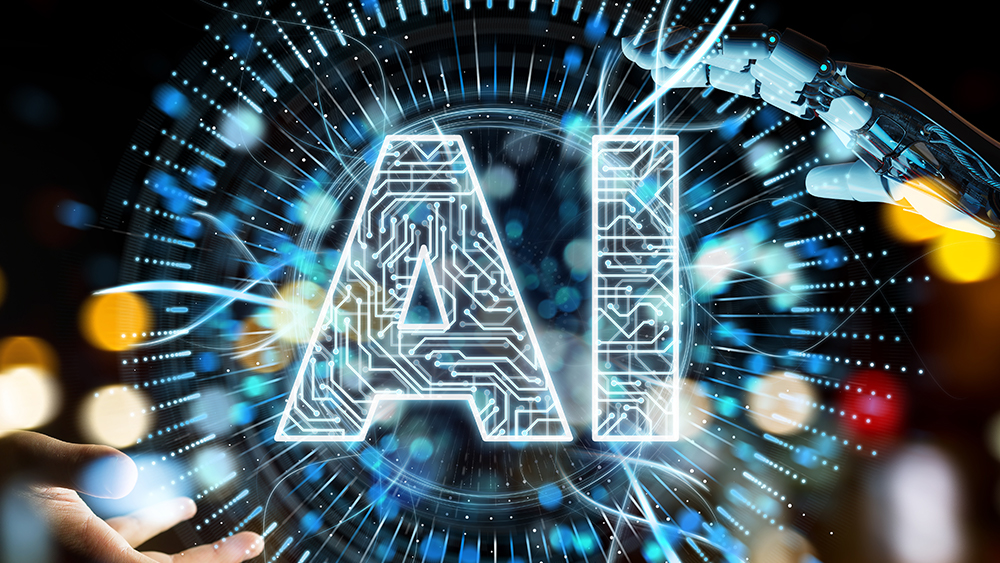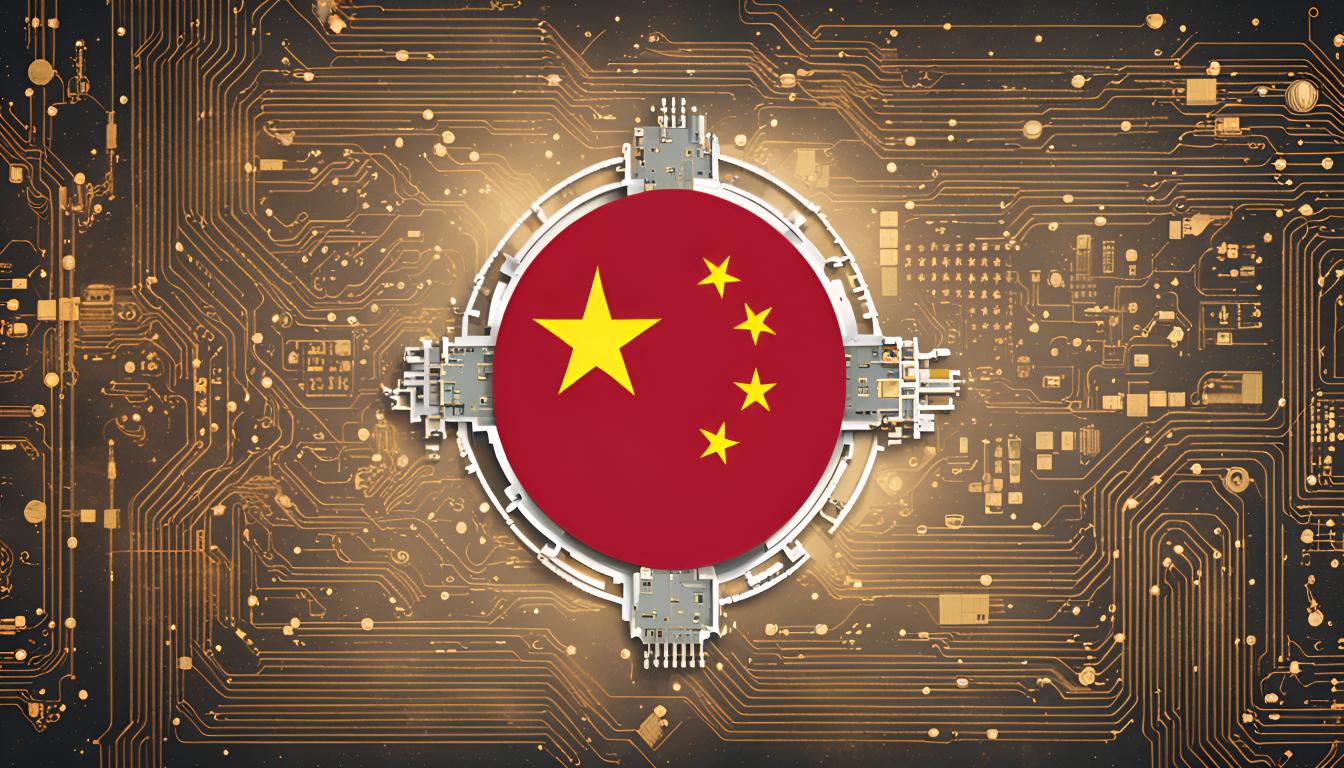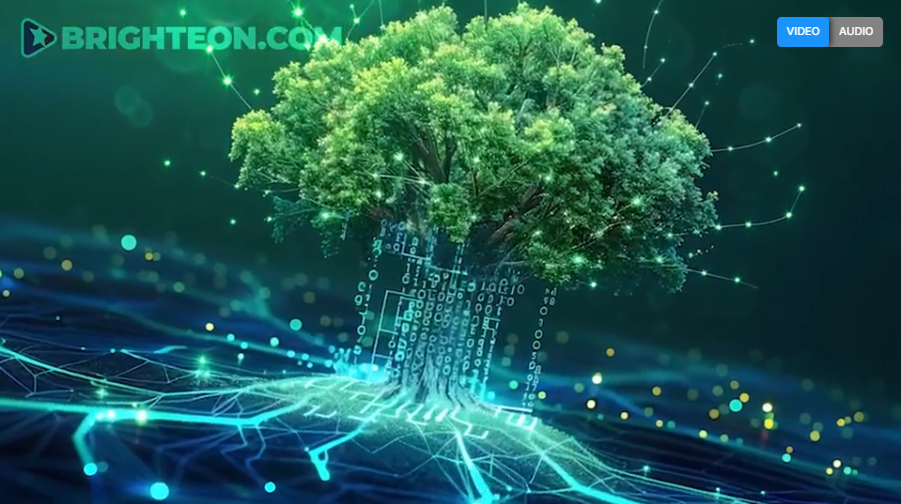 Parler
Parler Gab
Gab
- AI data centers are straining the U.S. power grid, causing "bad harmonics" that damage home electronics.
- Electricity demand is projected to surge 16% in five years, driven by AI facility growth.
- Bad harmonics lead to voltage spikes, appliance damage, and increased fire and blackout risks.
- The aging U.S. grid is ill-equipped to handle the volatile energy demands of data centers.
- Urgent infrastructure upgrades are needed to prevent widespread disruptions and ensure grid reliability.
A grid on the brink
The U.S. power grid was never designed to handle the demands of the AI era. For decades, electricity consumption remained relatively flat, but the rise of data centers, electric vehicles, and other energy-intensive technologies has exposed the grid’s vulnerabilities. The problem is compounded by aging infrastructure and a lack of investment in modernization. Data centers are not just large consumers of power; they are volatile ones. Their energy needs fluctuate dramatically, creating a “sawtooth” pattern that the grid is ill-equipped to handle. As more of these facilities come online, the strain on the system will only intensify. Without significant upgrades, the harmonics issues we see today are likely to worsen, leading to more frequent and severe disruptions. The situation is particularly dire in urban areas, where data centers are often clustered near major cities to tap into larger grids and fiber networks. However, Bloomberg’s analysis shows that even rural areas are not immune. Sensors closer to data center activity, regardless of location, are more likely to record distorted power readings. The distortions caused by AI data centers are a symptom of a much larger problem: America’s power grid is unreliable and unprepared for the future. While solutions like filters, capacitors, and dedicated substations can mitigate some of the issues, they are not enough to address the systemic challenges at hand. The U.S. must invest in modernizing its grid infrastructure, improving power quality monitoring, and developing strategies to manage the volatile energy demands of data centers. Without urgent action, the problem will only escalate, leaving American households vulnerable to damaged appliances, increased fire risks, and widespread outages. The AI revolution is here, but it comes at a cost. If we fail to address the strain it places on our power grid, the lights may not stay on—and neither will our refrigerators, air conditioners, or other essential appliances. Sources for this article include: ClimateDepot.com Bloomberg.com TechCrunch.comGift card company’s cybersecurity failures expose millions of customers’ sensitive data
By Cassie B. // Share
Elon Musk changes X algorithm after getting ratioed for demanding more H-1B visas
By News Editors // Share
Governments continue to obscure COVID-19 vaccine data amid rising concerns over excess deaths
By patricklewis // Share
Tech giant Microsoft backs EXTINCTION with its support of carbon capture programs
By ramontomeydw // Share
Germany to resume arms exports to Israel despite repeated ceasefire violations
By isabelle // Share










